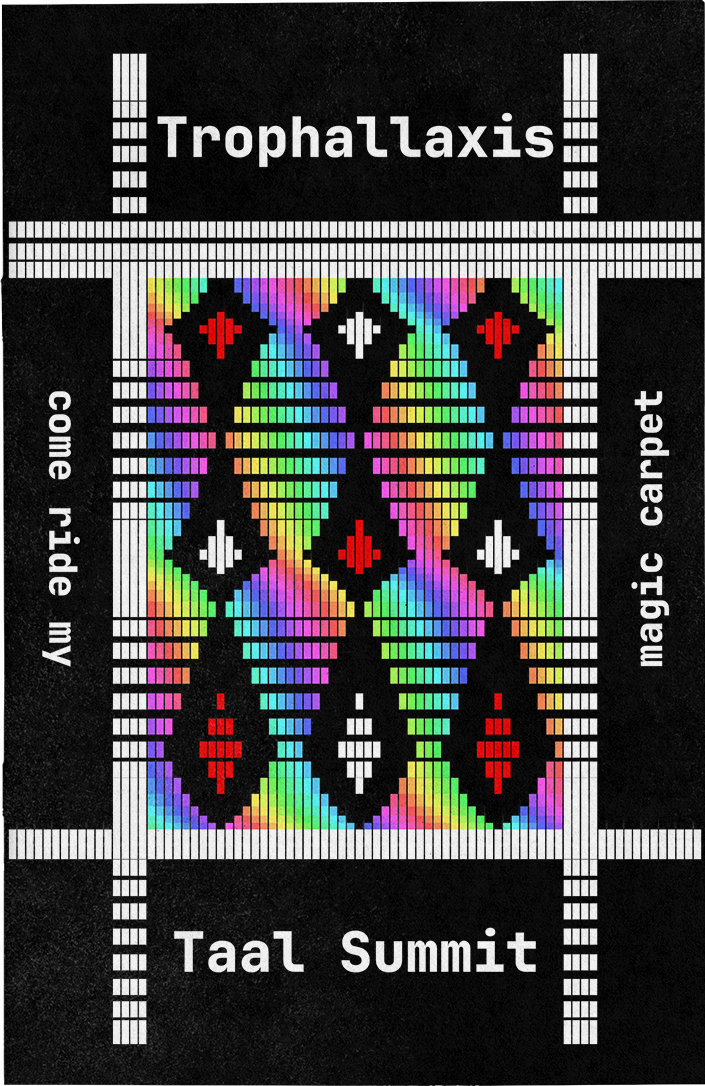
Taal Summit
Bio
Bio
Process
Satyarth: When I set out to make a track for this compilation, I wanted to make something that highlights aspects of livecoding that set it apart from more traditional music production methods and decided to focus on playing with time. My main livecoding tool is Tidal Cycles, which takes a cyclical approach to time that it happens to share with Indian classical music. Within a time cycle, the taal determines how the cycle is subdivided into evenly spaced chunks. What I ended up with is a composition that takes a fixed time cycle and progresses through different numbers of divisions, from 1 up to the summit of 16 and then back down to 1. So it's a kind of journey through different taals, seamlessly cycling through them in a way that I think it'd be very hard for human musicians to do. I'm a tabla player, I've been learning for about 6 years now, and diving into the intricacies of Indian classical rhythms has been a very exciting journey. My guruji Ashish Mishra, who's always encouraging me to be a sound explorer even beyond the context of classical music, has been my biggest inspiration here, and the vocal samples in the intro and ending are from recordings of our classes.
